
Outlook Therapeutics completes Phase 3 NORSE TWO safety and efficacy trial for ONS-5010, an investigational ophthalmic formulation of bevacizumab for treatment of wet AMD.


Outlook Therapeutics completes Phase 3 NORSE TWO safety and efficacy trial for ONS-5010, an investigational ophthalmic formulation of bevacizumab for treatment of wet AMD.

Ophthalmologists highlight recent treatment advances in diabetic macular edema and wet age-related macular degeneration.

If approved, Genentech’s treatment of faricimab will be the first and only medicine targeting two distinct pathways, Ang-2 and VEGF-A, that often cause retinal diseases that may cause vision loss.

Types of delivery methods currently being explored to improve treatment for patients with retinal disorders.
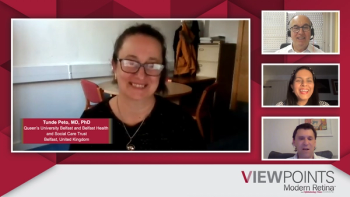
Following a discussion regarding drug delivery challenges in retinal disease, a panel of global experts suggest what types of technological requirements and improvements they would like to see occur in the field.

Challenges associated with delivering therapies currently available to treat retinal disorders and methods being explored to improve drug delivery to patients.
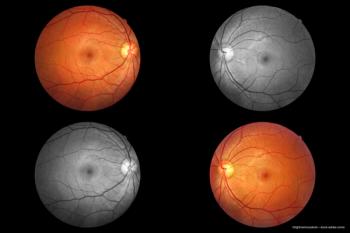
Why investigators are considering AMD to be a disease spectrum rather than a single disease.

Drawbacks and challenges associated with the administration of anti-VEGF injections currently available to treat retinal diseases.

Dr Mariya Moosajee highlights therapies approved as well as under study to improve treatment for patients with inherited retinal disease.
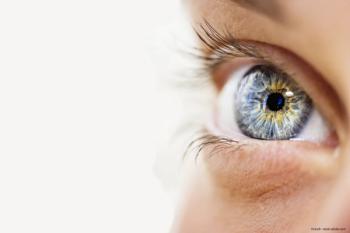
Promoting Tie2 signaling activity may complement inhibition of VEGF in addressing pathology in disease states characterized by angiogenesis, vascular permeability, and inflammation.

Trial shows treatment has acceptable safety profile, may improve visual function.

A discussion regarding the roles of various treatments available for diabetic macular edema and considerations for selecting and sequencing therapy.

An overview of the current treatment landscape for age-related macular degeneration and factors that impact treatment selection.

Types of tests and criteria that can be used to diagnose conditions such as age-related macular degeneration, diabetic macular edema, and inherited retinal disease.

A panel of global experts who treat patients with retinal diseases suggest causes of age-related macular degeneration, diabetic macular edema, and inherited retinal disease.

In a study, a single intravitreal injection of ADVM-022 had a 99% reduction in the mean annualized frequency of anti-VEGF injections.
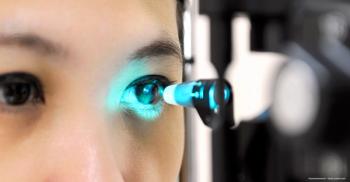
Investigators corroborate the hypothesis that retinal ganglion cells with dendrites stratified in the off sublaminae could be damaged.

According to investigators, the new technology is designed to detect telltale signs of major blinding diseases in retinal blood and tissue that typically go unseen until it is too late.

Amid pandemic, physicians and patients have embraced remote technology.

An updated PDS procedure reduces complications.

The not-for-profit vision and healthcare organization breaks ground on premier Technology Center for assistive technology for people with vision loss.
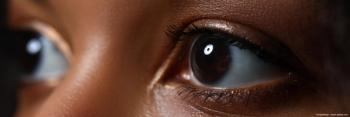
The company is hoping to commercialize the first FDA-approved ophthalmic formulation of bevacizumab-vikg for retinal disease. It expects to receive BLA approval from the FDA by mid-2022.

RGX-314 eyed by investigators as a therapeutic option for exudative AMD.

Preexisting neutralizing antibodies associated with the inflammatory changes.

Uwe Oberheide, MD, discusses the key findings of his virtual ARVO 2021 presentation on modeling of IOLs for patients with AMD by ray-tracing.